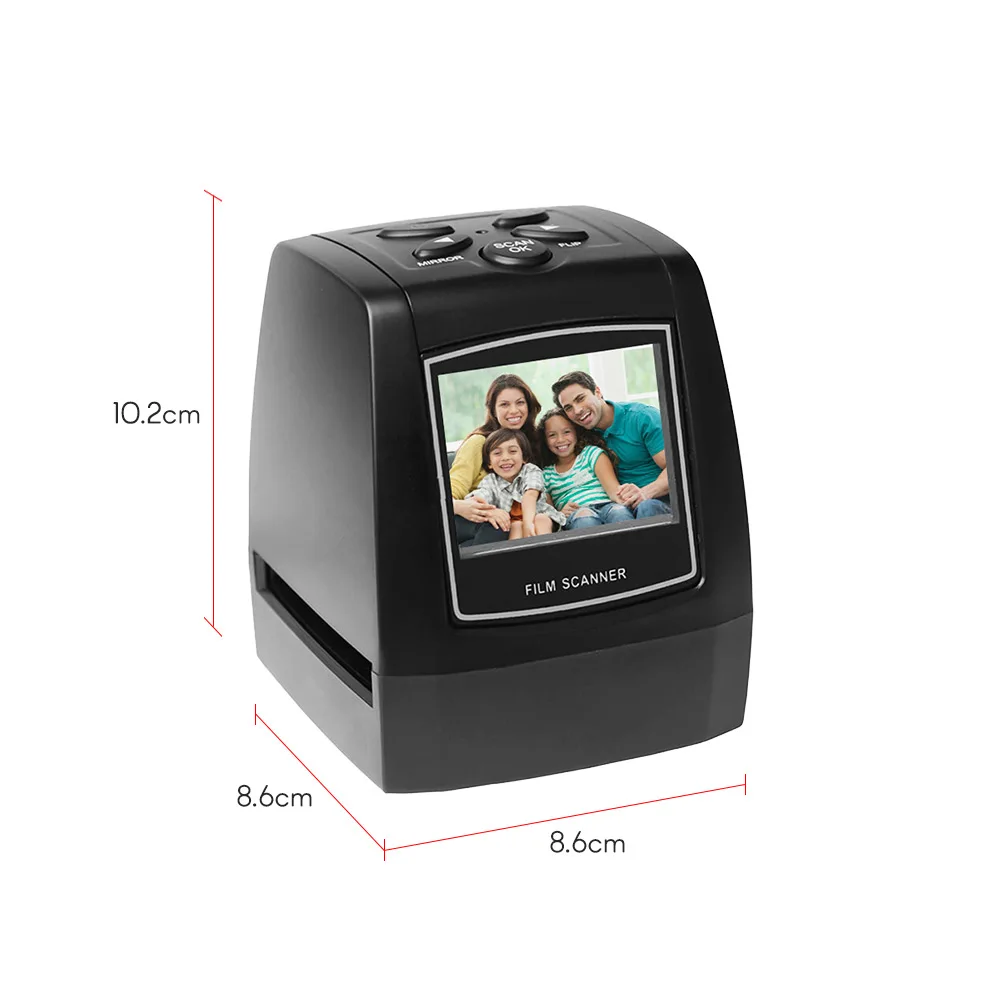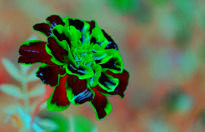

You can do this by specifying a custom colorMode().

For example, you might prefer to think of color as ranging from 0 to 100 (like a percentage). However, Processing will let us think about color any way we like, and translate our values into numbers the computer understands. Behind the scenes in the computer's memory, color is always talked about as a series of 24 bits (or 32 in the case of colors with an alpha).

RGB color with ranges of 0 to 255 is not the only way you can handle color in Processing. No fourth argument means 100% opacity.
#NEGATIVE COLOR CONVERTER CODE#
In addition, if we draw two shapes, Processing will always use the most recently specified stroke and fill, reading the code from top to bottom. Also, remember not to eliminate both-with noStroke() and noFill(), nothing will appear! Our instinct might be to say “ stroke(0)” for no outline, however, it is important to remember that 0 is not “nothing”, but rather denotes the color black. Stroke or fill can be eliminated with the functions: noStroke() and noFill(). Stroke(0) // Setting the outline (stroke) to blackįill(150) // Setting the interior of a shape (fill) to grey size(200, 200) īackground(255) // Setting the background to white There is also the function background(), which sets a background color for the window.
#NEGATIVE COLOR CONVERTER FULL#
We will use eight bit color for our grayscale range and 24 bit for full color (eight bits for each of the red, green, and blue color components).īy adding the stroke() and fill() functions before something is drawn, we can set the color of any given shape. Imagine if we had eight bits (one byte) in sequence-how many ways can we configure these switches? The answer is (and doing a little research into binary numbers will prove this point) 256 possibilities, or a range of numbers between 0 and 255. This memory is just a long sequence of 0's and 1's (a whole bunch of on or off switches.) Each one of these switches is a bit, eight of them together is a byte. Color for a given shape needs to be stored in the computer's memory.


 0 kommentar(er)
0 kommentar(er)
